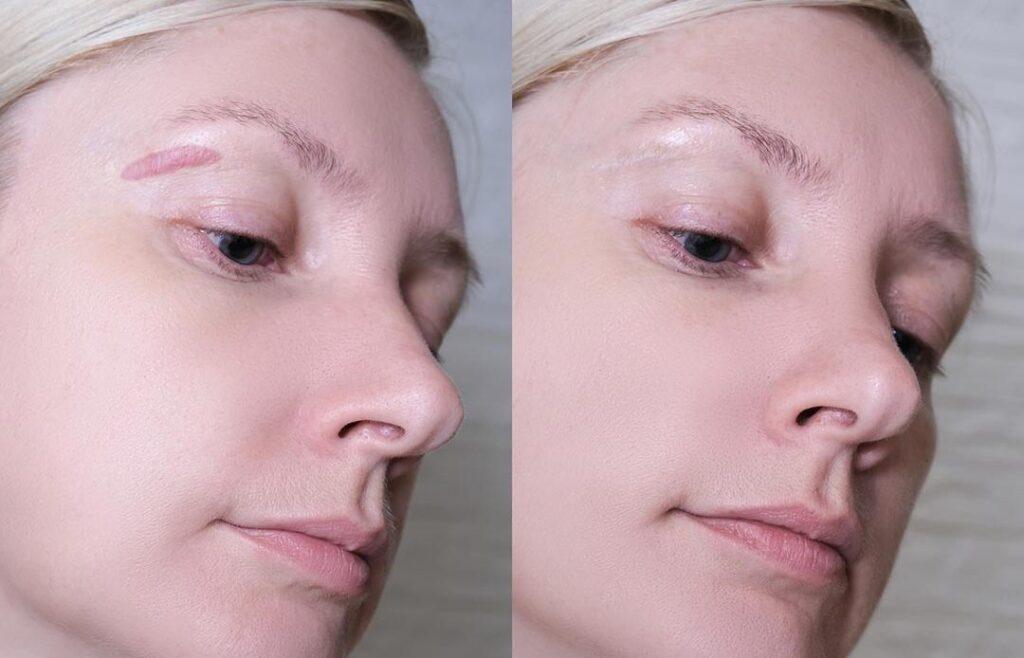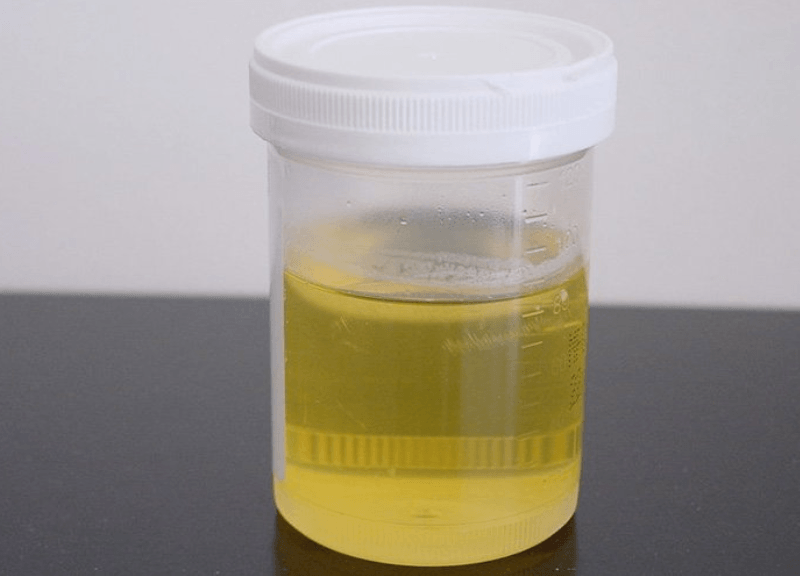Scars are an inevitable part of the body’s natural healing process after an injury, surgery, or even acne breakouts. While they remind us of our body’s resilience, many people wish their scars to fade quickly. Understanding the scar healing process can help manage expectations and take appropriate steps to support the skin’s recovery. In this blog, we will explore the various stages of scar healing and the factors influencing the speed at which scars fade.

The Stages of Scar Healing
- Inflammatory Phase:
The healing process begins immediately after an injury or surgery. Redness, swelling, and heat surround the wound during the inflammatory phase. In this stage, the body sends blood and immune cells to fight infection and repair tissue. This phase typically lasts about 2–5 days, depending on the severity of the wound. - Proliferative Phase:
In this stage, the body starts rebuilding the damaged tissue. New collagen fibers are produced, and the wound contracts, gradually reducing size. The proliferative phase can last anywhere from 3 to 20 days. The appearance of the scar may become raised or slightly uneven during this period. - Remodeling Phase:
The final stage of scar healing is the remodeling phase. Collagen fibers continue rearranging and realigning, making the scar less visible and more similar to the surrounding skin. This phase can take several months or even years, depending on the individual and the type of scar.



Factors Influencing Scar Healing
- Wound Size and Depth:
The size and depth of the wound directly impact the healing process. More extensive and profound injuries take longer to heal and may result in more prominent scars. - Wound Location:
The location of the scar on the body can affect the healing process. Spots on areas with better blood circulation, like the face, tend to heal faster than those on less vascularized regions. - Age:
Younger individuals generally have a more efficient healing process compared to older adults. The skin’s regenerative capabilities diminish as we age, leading to slower scar healing. - Skin Type:
Different skin types react differently to injuries. People with darker skin tones may be more prone to keloid or hypertrophic scars, which can take longer to fade. - Genetics:
Genetic factors play a significant role in scar healing. Some people may be genetically predisposed to either rapid or delayed scar healing. - Sun Exposure:
Exposing a healing scar to direct sunlight can lead to hyperpigmentation and slow the fading process. Always protect spots from the sun with clothing or sunscreen. - Proper Wound Care:
Adopting appropriate wound care practices, like keeping the wound clean and moisturized, can significantly impact scar healing. Consult with your healthcare provider for personalized care instructions.
Conclusion
In conclusion, the speed at which scars fade varies from person to person and depends on several factors. While some spots may fade relatively quickly, others might take months or even years to become less noticeable. Patience, proper wound care, and sun protection are essential during scar healing. If you have concerns about your scars or want to explore potential scar treatment options, consult a dermatologist or healthcare professional for personalized advice. Remember that every spot tells a unique story of healing and resilience, making you a stronger individual inside and out.



